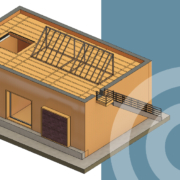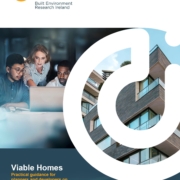Green cement production is scaling up – and it could cut the carbon footprint of construction
“As a design engineer, I appreciate that material choice and good design play a major role in the sustainability credentials of construction. Before low-carbon cement technology becomes more widespread, engineers, designers and builders can use construction materials more efficiently and choose products with lower embodied carbon – that’s carbon emissions released during the life cycle of building materials, from extraction through to disposal. This approach could easily save 20% in embodied emissions associated with new building design.”
– Jamie Goggins, Professor of Civil Engineering, College of Science and Engineering, University of Galway, Director of Construct Innovate.
Concrete is ubiquitous in modern construction, with staggering amounts used annually. However, its production, particularly the cement component, poses significant environmental challenges due to its substantial carbon footprint. Efforts to mitigate this impact are underway, with the development of low-carbon cement technologies showing promise. Companies like Fortera are pioneering the production of green cement, derived from captured CO₂ emissions, offering a potential 70% reduction in carbon emissions. Despite these advancements, widespread adoption of low-carbon alternatives faces hurdles, including technological and financial barriers. Retrofitting existing cement plants and government incentives may pave the way for a more sustainable future in construction, where low-carbon cement becomes the norm.
Full article ‘Green cement production is scaling up – and it could cut the carbon footprint of construction’by Jamie Goggins, Professor of Civil Engineering, College of Science and Engineering, University of Galway, Director of Construct Innovate was p is available at The conversation portal.










